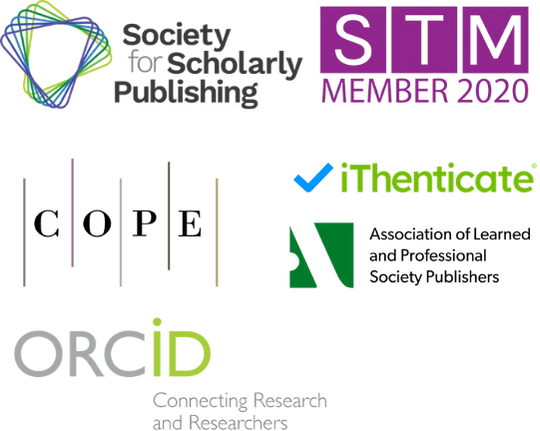The Practice and Strategy to Enhance Student Academic Achievement through Home-School Collaboration in China
DOI:
https://doi.org/10.71222/wppstp72Keywords:
home-school collaboration, educational management, optimization strategyAbstract
With the development of educational philosophies, the collaboration between schools and families in junior high school education is gaining increasing attention. Currently, various models for this collaboration are being explored in practice, such as innovating parent-teacher meetings, jointly organizing school-family activities, and establishing online communication platforms. However, some issues have also emerged, including insufficient depth and continuity of communication, significant differences in parental educational philosophies and methods, and unclear delineation of responsibilities between home and school. This study aims to improve the current situation through strategies such as establishing deep communication mechanisms, conducting parent education and guidance, and clarifying the boundaries of rights and responsibilities between home and school. The goal is to enhance the quality of school-family collaboration in junior high schools, promote the comprehensive and healthy development of students, and provide valuable reference examples and theoretical support for the management practices of home-school collaboration in junior high schools.
References
1. R. A. Rosales, "Home-school collaboration: Maximizing resources and efforts to support students’ independent learning," Int. J. Multidiscip. Appl. Bus. Educ. Res., vol. 4, no. 3, pp. 872–896, 2023, doi: 10.11594/ijmaber.04.03.21.
2. P. A. Barnard, "Secondary school organisation and home–school collaboration: A tale of two systems," Int. J. Educ. Manag., vol. 36, no. 6, pp. 908–922, 2022, doi: 10.1108/IJEM-01-2022-0003.
3. J. H. Ovesen, C. Overgaard, and K. S. Petersen, "Home-school collaboration for adolescents with poor wellbeing: A qualitative study of parents’ experiences," Nord. Stud. Educ., vol. 43, no. 4, pp. 344–364, 2023, doi: 10.23865/nse.v43.4050.
4. P. Jessiman et al., "School culture and student mental health: a qualitative study in UK secondary schools," BMC Public Health, vol. 22, no. 1, p. 619, 2022, doi: 10.1186/s12889-022-13034-x.
5. G. Kaluzeviciute et al., "Participatory action research on school culture and student mental health: A study protocol," Int. J. Qual. Methods, vol. 20, 2021, doi: 10.1177/16094069211047753.
6. G. Carrillo et al., "Well-being from the understanding of children and adolescents: A qualitative metasynthesis," Child Indic. Res., vol. 14, no. 4, pp. 1677–1701, 2021, doi: 10.1007/s12187-021-09816-1.
7. A. K. Wilhelm et al., "Evaluation of a school-based participatory intervention to improve school environments using the Consolidated Framework for Implementation Research," BMC Public Health, vol. 21, no. 1, p. 1615, 2021, doi: 10.1186/s12889-021-11644-5.
8. A. H. Jowell et al., "Mitigating childhood food insecurity during COVID-19: A qualitative study of how school districts in California’s San Joaquin Valley responded to growing needs," Public Health Nutr., vol. 26, no. 5, pp. 1063–1073, 2023, doi: 10.1017/S1368980021003141.
9. C. Spaas et al., "School-based psychosocial interventions’ effectiveness in strengthening refugee and migrant adolescents’ mental health, resilience, and social relations: A four-country cluster randomized study," Psychosoc. Interv., vol. 32, no. 3, p. 177, 2023, doi: 10.5093/pi2023a12.
10. V. López et al., "Wellbeing of school communities in the context of COVID-19 pandemic: A qualitative study in Chilean low-SES schools," Front. Psychol., vol. 13, p. 853057, 2022, doi: 10.3389/fpsyg.2022.853057.
Downloads
Published
Issue
Section
License
Copyright (c) 2025 Jiang Feng, Mohd Syafiq Bin Md Salleh (Author)

This work is licensed under a Creative Commons Attribution 4.0 International License.


